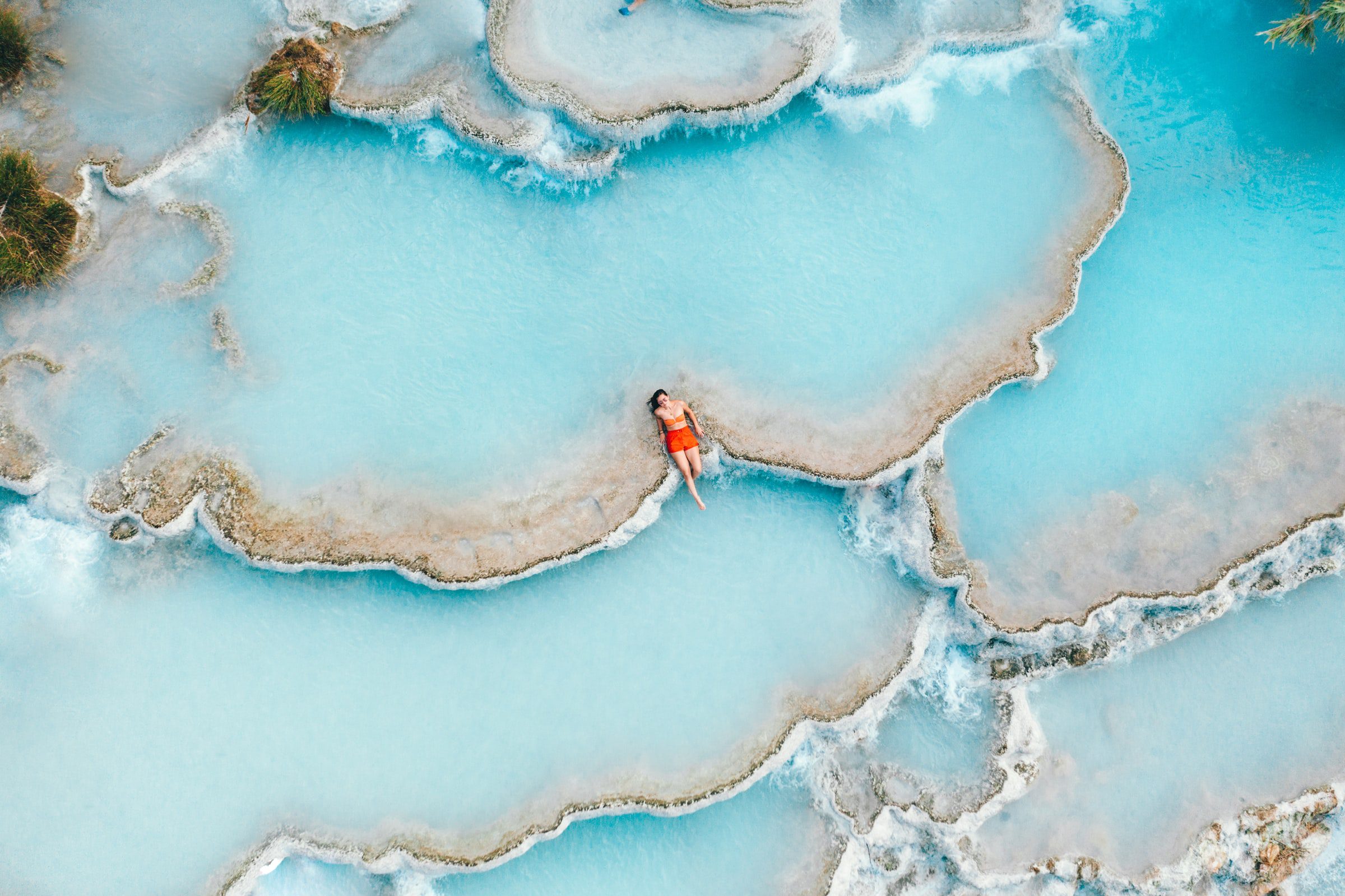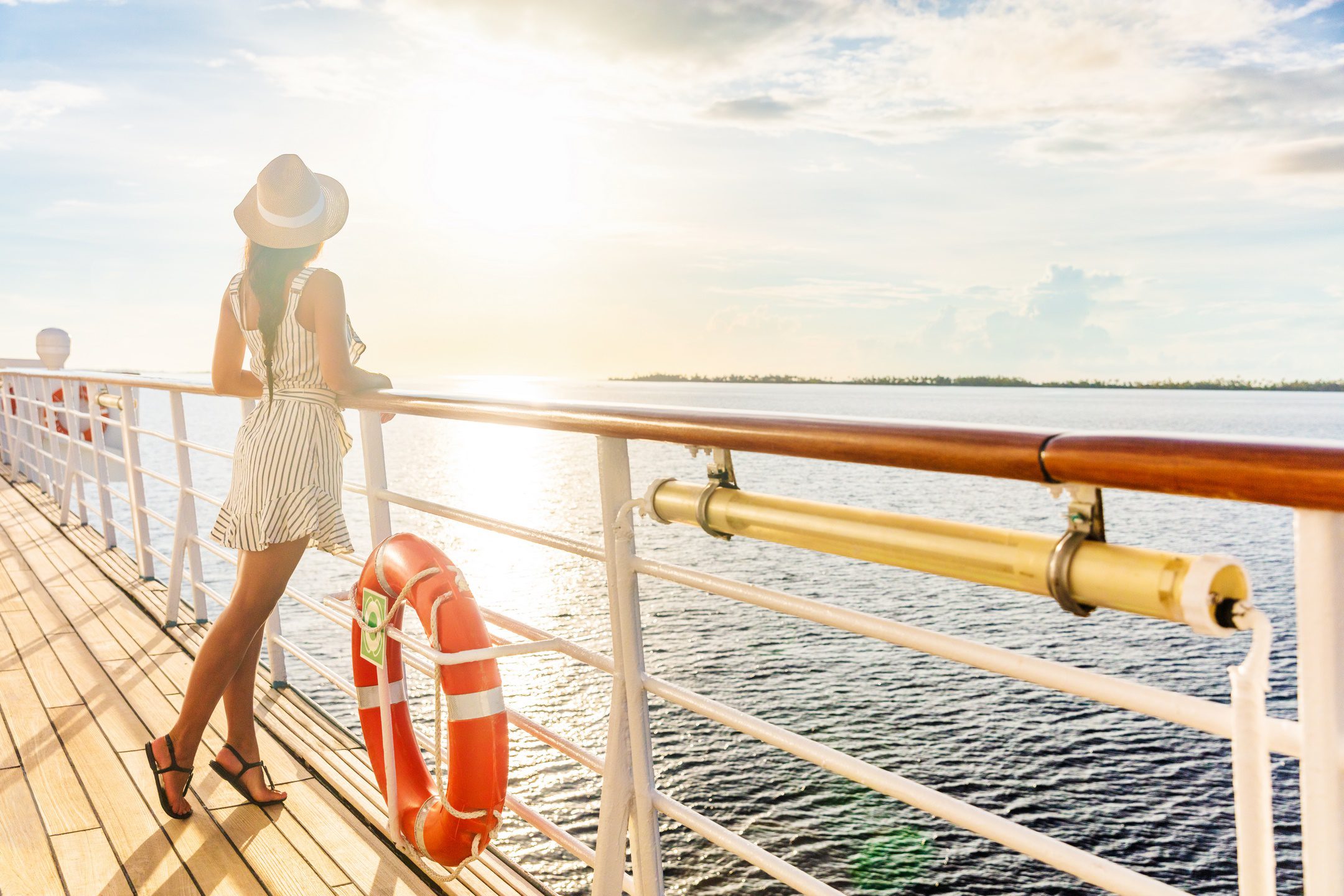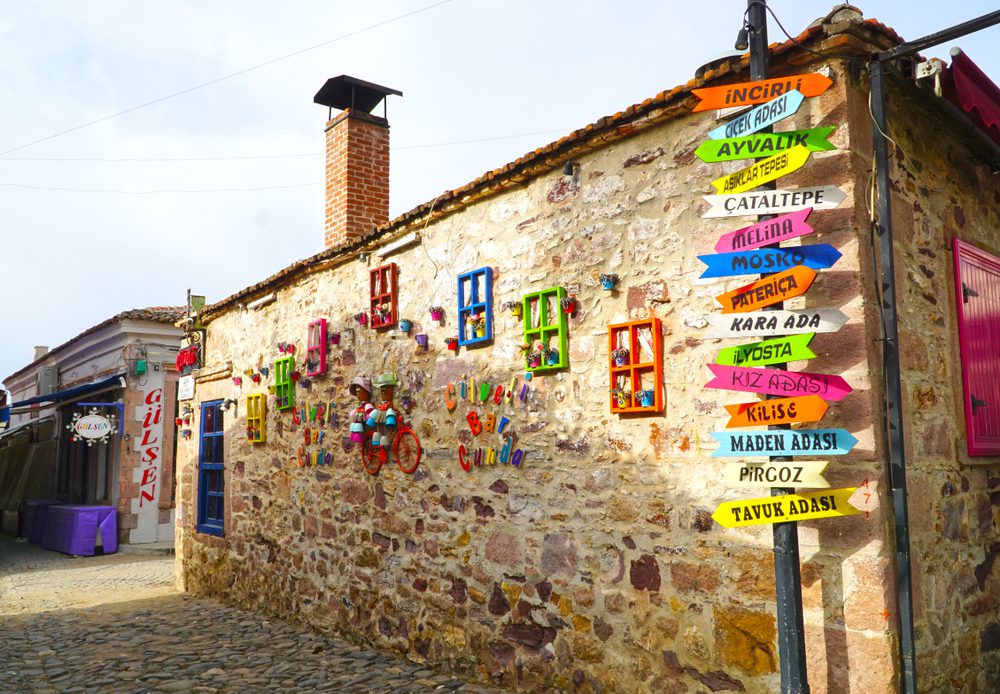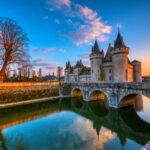Ayvalik Travel Guide
Introduction
Ayvalik is beautiful, stretching onto a peninsula and surrounded by islands, with many bays swirling in and out of its coastline. The bustling harbor town and Cunda Island across the way retain strong evidence of the Greek community that flourished here and prospered in the olive oil trade until being deported in the population exchange of 1923. Atmospheric back streets are full of crumbling old Greek houses. A long, sandy beach is just a short minibus ride away, and various pleasure boats are ready to take visitors on swimming and snorkeling excursions.
Ayvalik has some of Turkey’s finest 19th-century Greek-style architecture, and recent restoration has begun to reverse decades of neglect. Unlike typical Ottoman houses (tall, narrow, and built of wood, with an overhanging bay window), Greek buildings are stone, with classic triangular pediments above a square box. The best way to explore is to turn your back to the Aegean and wander the tiny side streets leading up the hill into the heart of the old residential quarter (try Talatpaşa Caddesi or Gümrük Caddesi). The town’s historic churches have had different fates.
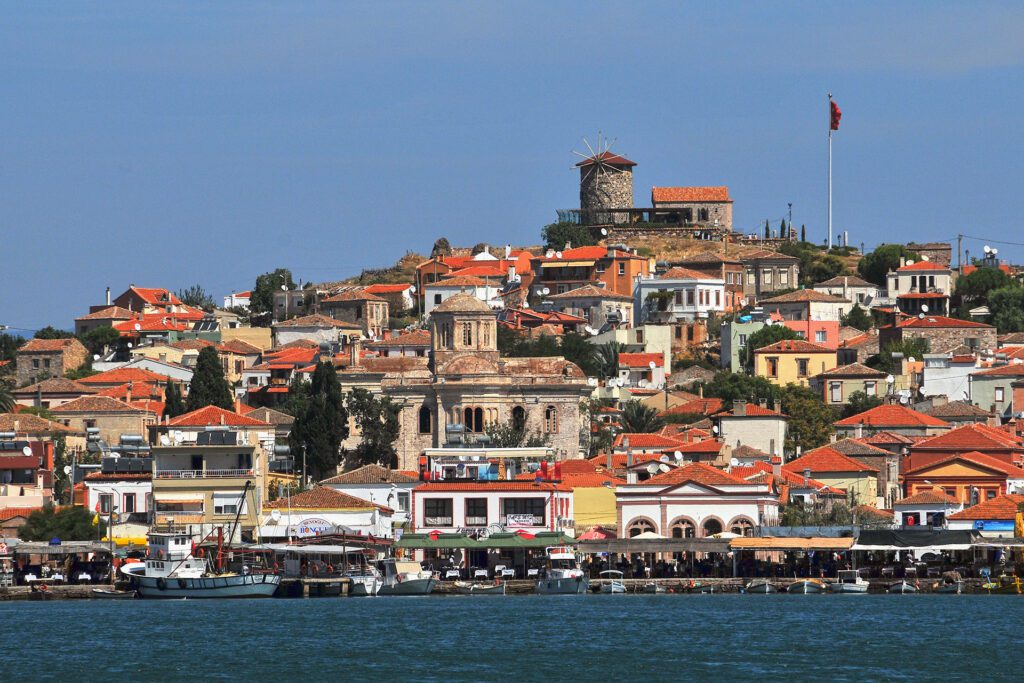
Taxiarchis Church was recently turned into a museum, but others were later converted into mosques. St. John’s is now the Saatli Cami (Clock Mosque), bearing few traces of its past as a church. St. George’s is now the Çınarlı Cami (Plane Tree Mosque). There are many mosques converted from churches in Turkey. Still, these are among the most striking—the elaborate style of Orthodox churches does not suit the plain minimalist style of mosques, and the unimpressive minaret erected later at the Çınarlı Mosque, along with the highly ornamented iconostasis inside, makes it look almost absurd. The Hayrettin Paşa Camii was also converted from a church. Phaneromeni Church (Ayazma Kilisesi) has beautiful stonework but was closed as of this writing, while the former Aya Triada, which later served as a tobacco warehouse, is in total ruin.
Best of Turkey and Greece with 3-night cruise (With flight from USA – Small Group)
Cunda Island
Ayvalik & Cunda is like a brother-sister and very close to each other, so you should always make your plans considering both of them. Formerly inhabited by a large Greek population when it became the official seat of a Greek Orthodox metropolitan bishop in 1922, Cunda is the largest of the Ayvalık islands between Greece and Turkey. Nowadays, the beautiful stone houses with colorful shutters and the island’s main landmark, the Taksiarchis Church, are the only reminders of the past. With its olive trees, small fishermen’s boats bobbing in the sea, and winding cobblestoned streets, Cunda Island is an undeniably heavenly place waiting to be discovered.

Best Tourist Attractions in Ayvalik
Best Beaches
Sarimsakli: It looks like Sarimsakli is the best option, and locals usually prefer Sarimsakli beach. The beach is good and not directly getting deeper, so you can enjoy it a lot. Moreover, this is a blue-flagged beach. There are many beach clubs/cafes so that you can choose one. You should pay a small amount to rent an umbrella and sunbed. El Turco is one of the best options.
Badavut: Badavutis close to Sarimsakli and can be named as the continuation of Sarimsakli. But, locals also prefer to spend some time here. In our personal opinion, we like Badavut more than Sarimsakli since it has a better nature. Moreover, this is also a blue-flagged beach. Badavut can be windier, but it will not affect swimming, especially in the July-August timeframe. Muzo Beach can be a good option, considering the cafe’s bigger umbrellas and good service. Please also note that the sea is slightly salty compared to Sarimsakli.
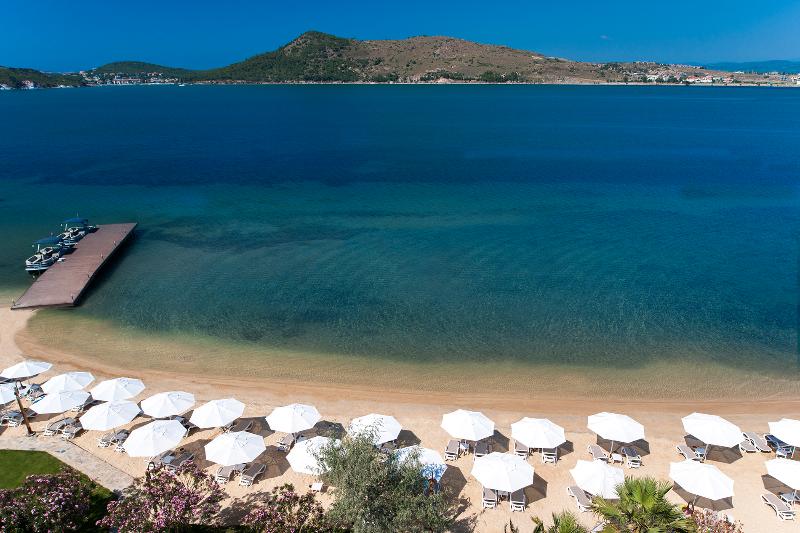
Paterica Bay/beach: Locals also call Patrica and Patricia. This is one of the places where you can swim in Cunda. It is like a swimming pool, and the sea is immaculate. The cons are that you should have a private car, and the road is challenging. No, no, the road is terrible. And the last 5 kilometers (3 miles), the average speed is almost 10 kilometers per hour, and you may want to pray for the end of the road. Minas is a good option considering price/performance, but the service is average, Mola beach is costly, but can be OK compared to others. You can try Biyikli also.
Bonus: Heading to Patricia, many locals swim in silent spots. If you have portable chairs and an umbrella, you can swim and enjoy Cataltepe Beach or Aya Yorgi Beach.
- Note 1: Some beaches are open to the public, but locals do not recommend them. We hope these three options will help.
- Note 2: Having a private car helps since it would provide flexibility. Please consider renting a car in Istanbul to go to Ayvalik. By public transportation, you may lose too much time to locate those beaches. Taxi transportation may be an option, at least better than public transportation.
Things to see
Rahmi Koc Museum/Taxiarches church
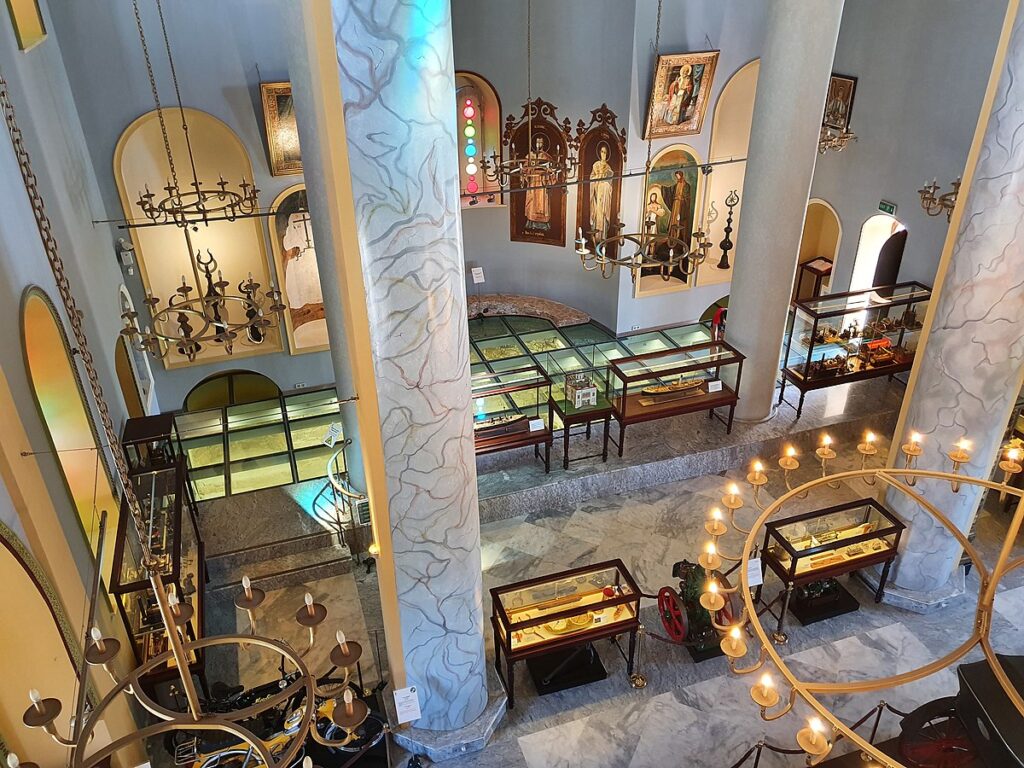
The island’s main historical landmark is a 19th-century church, which the Rahmi M. Koç Museum and Culture Foundation restored to serve as a museum and venue for arts and culture events. Its beautiful interior still has frescoes depicting the life of Jesus Christ and intricate marble designs.
Sevim Necdet Library
This former church and windmill was renovated to become a library, souvenir shop, and café, with a beautiful island and sea view. The library houses the political book collection belonging to Necdet Kent, a diplomat who put his life at risk to save Turkish Jews during WWII. During the exchange period, the former Agias Ioannis church was home to the Sevim and Necdet libraries. Additionally, the books inside of the church belong to Necdet Kent and were donated by his son Muhtar Kent. The library has been restored and serves under the Rahmi Koc Foundation for Museology and Culture. On the other side is a hill called “Lovers Hill.” Again, the view is perfect. Visiting the library is a “must-do” activity in Cunda.
Saatli/Clock Mosque
The famous mosques in Ayvalik were all converted from churches after the exchange period. The clock mosque has a clock on the tower, which is why it is called a clock mosque. And the inside of the mosque is good.
Cinarli Mosque
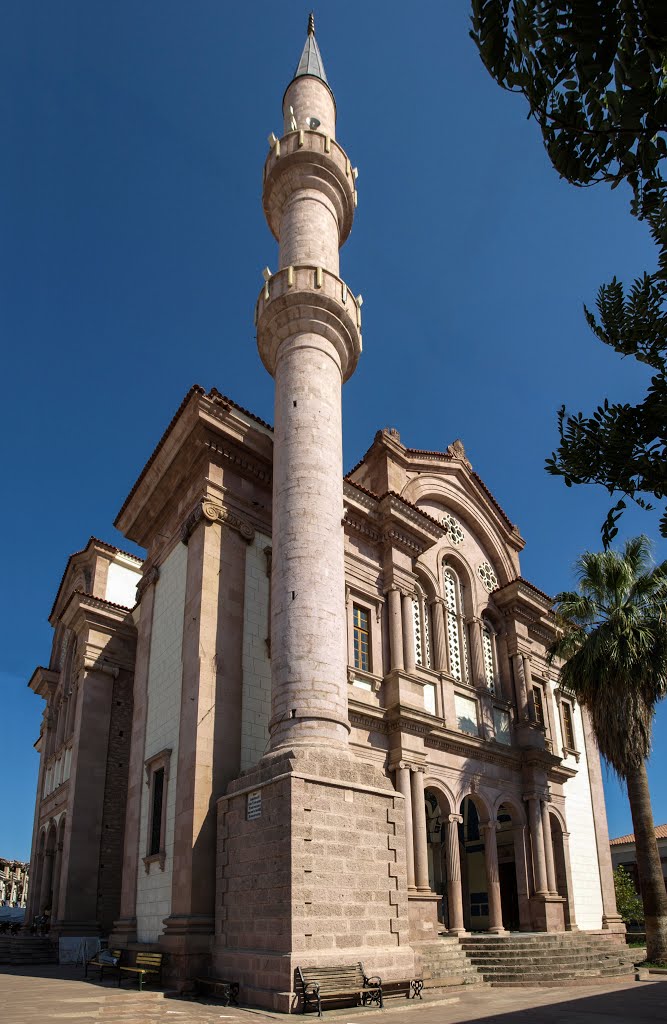
The inside of the mosque is good, and the iconostasis is still there. However, due to some general rules in mosques, the icons on the iconostasis have been closed.
Hayrettin Pasha Mosque
Hayrettin Pasha Mosque was constructed in 1850. Its old name is Panagia. It can be named as a complex because right behind the mosque, there were two education centers, but they were converted to schools.
Hagiasma Panagia
Ayazma (in Turkish) is derived from Hagiasma. It has just been restored. The water resource here is thought to have healing power, and people from all religions visit this place except Orthodox. According to resources, many other illnesses were cured here. There is a good sentence, “Wash your wrongdoings, not only your face.” It is worth visiting; don’t forget to wash your wrongdoings. There are also photos before and after restoration, which show how successful this restoration was.
Historical flour mill
You will see another mill on one of the hills in Cunda. You know Cunda is an island with a windy environment, so it probably made sense to construct a big flour mill on one of the highest locations. The view of the backside is pretty good. You can enter the mill and even take a good picture from the second floor. But keep in mind that the inside is not clean enough.
Seytan Sofrasi (Devil’s Table)

This hill has a fantastic view of the islands, especially at sunset. You can consider the timing as well. But don’t forget that it is within walking distance of the Ayvalik center. Furthermore, there are some stories about this hill and its footprint.
Nice-to see spots
- Analemmatic sundial: You will see this on the shore of Cunda. If you pass by, try to find out what the clock is.
- Moonlight Monastery: A well-known family member, Sabanci, has just restored the monastery, which is now open to visiting for a limited time in a week. However, please note that the road is very challenging, and you may have to walk the last kilometers.
- Panagia church: The church is on the way to Sevim and Necdet Kent library. Unfortunately, you can only see the ruins over there.
- Despot’s house: This is not a historical location anymore; it is a hotel now and recently restored, but it is worth mentioning. According to the stories, Despot, a priest, received a lot of money from the people due to Greece’s independence and then moved to Cunda, where he was born. He had constructed a good house where the hotel stands nowadays but had been murdered by thieves. After that, the Ottomans purchased and used the house, and then it was used as an orphanage until the 1980s after the exchange.
Some Adventure
- Ayvalik kitesurfing: Kitesurfing in Ayvalik is also becoming more popular. You can find some courses, and if you have time and are interested in kitesurfing, Ayvalik may be a good location for you.
- Ayvalik diving: Diving has also become more popular in the Ayvalik region. So, you can prefer to try if you have enough time and the diving points are distributed around the small islands.
General Information about Ayvalik
Ayvalik is a district of Balikesir. Balikesir is a well-known city in the Marmara region due to famous districts such as Ayvalik, Altinoluk, Akcay, and more. However, the center of Balikesir is not good enough and almost nothing to do. So, people both from Balikesir and other locations in Turkey generally buy summer houses where they can enjoy some portions of Balikesir. Ayvalik is the center and there are a total of 22 islands around Ayvalik. And, Ayvalik Islands Natural Park is one of the biggest natural parks in Turkey. But, only two of them- Cunda and Lale islands were populated. Lale and Cunda islands are connected with a bridge and this is the first strait bridge connecting lands in Turkey. Basically, this was constructed before the bridges in Istanbul so that it is important. You will see a label when you pass this bridge saying “the first strait bridge in Turkey”. Ayvalik’s income mostly depends on olive, olive oil, and tourism. And, the district is a heaven of olive and there are many factories around the district producing a wide range of olive products such as oil, soap, etc.
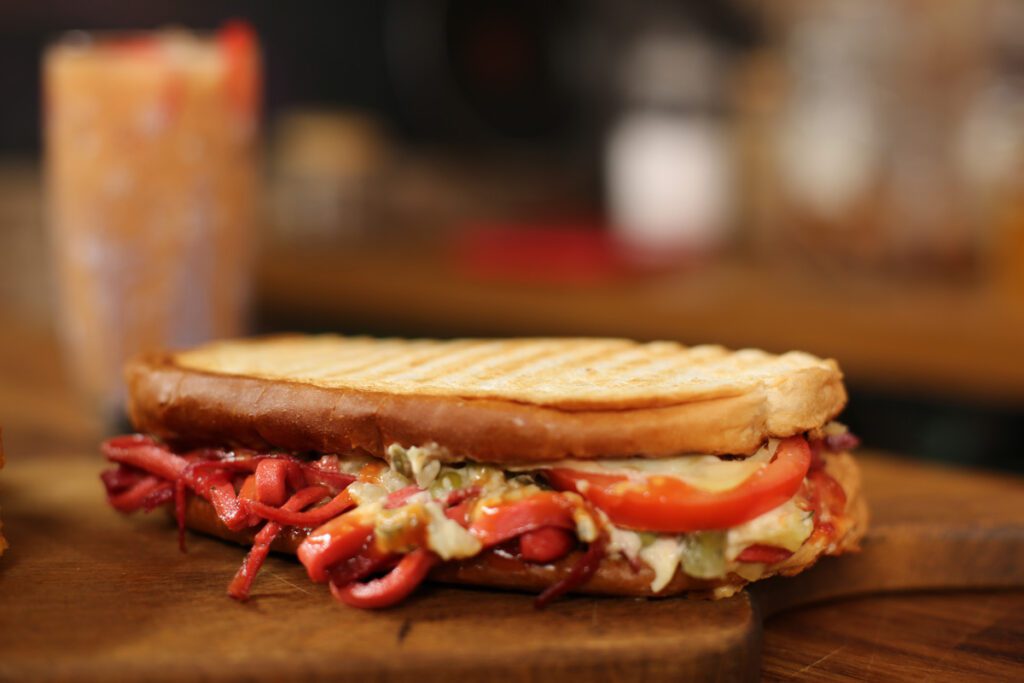
History
Ayvalik history dates back to the centuries. The name Ayvalik comes from Kydonia or Kydonies which means quince garden. Several resources are talking about early ages and the settlement in antiquity in Cunda (Alibey Island). After the Byzantines and unstable years, colonies of Venice and Genoese, and wars between colonies and the Ottomans, finally the district has stable years. At the end of the 18th century, it has been converted to a semi-autonomous position, but this time the Greek struggle changed the town since Greeks were dominant in those days and they moved from Ayvalik to some other places. But, after a while, they were able to return to Ayvalik. Ayvalik has been captured by Greeks after World War I around three years. But, Turks took control during the Turkish Independence War- which finished in 1922, and Ayvalik was connected to Turkey after the Treaty of Lausanne. Due to the agreement between Greece and Turkey after the independence war, the Greek population was exchanged by the Muslim population from Greece. Today, still ferries operate between Ayvalik and Lesbos or Lesvos (from Mytilene or Mytilini). So, you will feel both Greek and Turkish styles in this region. Cunda’s name was transformed from the word Yunda or Yund. The current name Alibey is the name of Turkish commander who pulled the trigger officially first in this region against Greeks during the Turkish Independence War. Due to these historical events in history, you will see a cultural combination of Turkey and Greece. You can easily understand this by the great churches, museums, and mosques in this district.

Ayvalik weather
Ayvalik weather both represents the Marmara and Aegean regions. Winters are not cold like in Istanbul; summers are not hot like in Izmir. The chance of rainfall again is in the middle of Istanbul and Izmir. The water temperature is also at the highest point in July and August. Due to the beaches, people prefer to go to Ayvalik in July and August. So, we recommend you visit in the summertime, but we can say that spring and fall are also good enough.
How Can You Go to Ayvalik?
Edremit Koca Seyit Airport is a domestic airport only 45 kilometers away from Ayvalik and can be considered 45 minutes. If you have a car, it will be around 400-450 kilometers, depending on where you are in Istanbul. It would take around 4 to 4.5 hours. Izmir is 170 kilometers, and it would take around 2 hours to go to Ayvalik. Transportation from Cunda to Ayvalik or Ayvalik to Cunda there are minibusses. Otherwise, you should consider the taxi option, which would be the best option if you don’t have a private car.
Where to Stay in Ayvalik?
Where to Eat in Ayvalik?
- Ayvalik Sehir Klubu is the “members club” of Ayvalik. It is a bit different from the big city members club concept, so feel free to get in. For lunch, you will find super delicious Aegean-style home-made food. We recommend you try the olive oil vegetable table, including green beans, leek, celeriac, and spinach. For dinner, go for sea food and try the smoked aubergine as one of the starters. You will not regret it.
- Tik Mustafa’s Place is a fish restaurant and one of our favorites. The appetizers are pretty good. Don’t forget to order fava- mashed broad beans, haydari- thick yogurt with garlic and dill, and saksuka- dried fried aubergines in tomato garlic sauce. And they are all delicious and fresh.
- Cunda Korfez Restaurant: Meze and seafood till you say stop! Old school Aegean food, all washed down with Raki.
- Bay Nihat is maybe one of the best fish restaurants in Turkey. Order lots of mezes and ask for Mr. Nihat’s suggestions for the main dish.
- Ayna is the “fine dining place” of Cunda. It has a super cozy environment with super delicious food. Especially for chilly nights in the summertime and cold nights in winter, Ayna is a must-go! They do catering as well.
- Nes’e Meyhanesi : This is one of our favorite restaurants in Cunda. Unfortunately, the portions are small, but they are all delicious. Don’t miss “saganaki” and “kabak cicegi dolmasi- stuffed squash blossoms”.
- Askin Toast House (Map) : Don’t go back w/o eating the most famous toast in Turkey. So, you can easily understand that the capital of this specific toast is Ayvalik. Askin Tost Evi is the best option to eat this delicious toast.
- Stone cafe/coffeehouse (Tas Kahve in Turkish) : This cafe is the most famous one in Cunda. And, this is old and they cook delicious Turkish coffee.
- Macaron Muhallebicisi: Macaron Muhallebicisi, on Ayvalik Macaron Street, is a maker of milk pudding. This is another spot of art. Purple basil sherbet (sweetened fruit juice) and almond milk pudding are fantastic.

